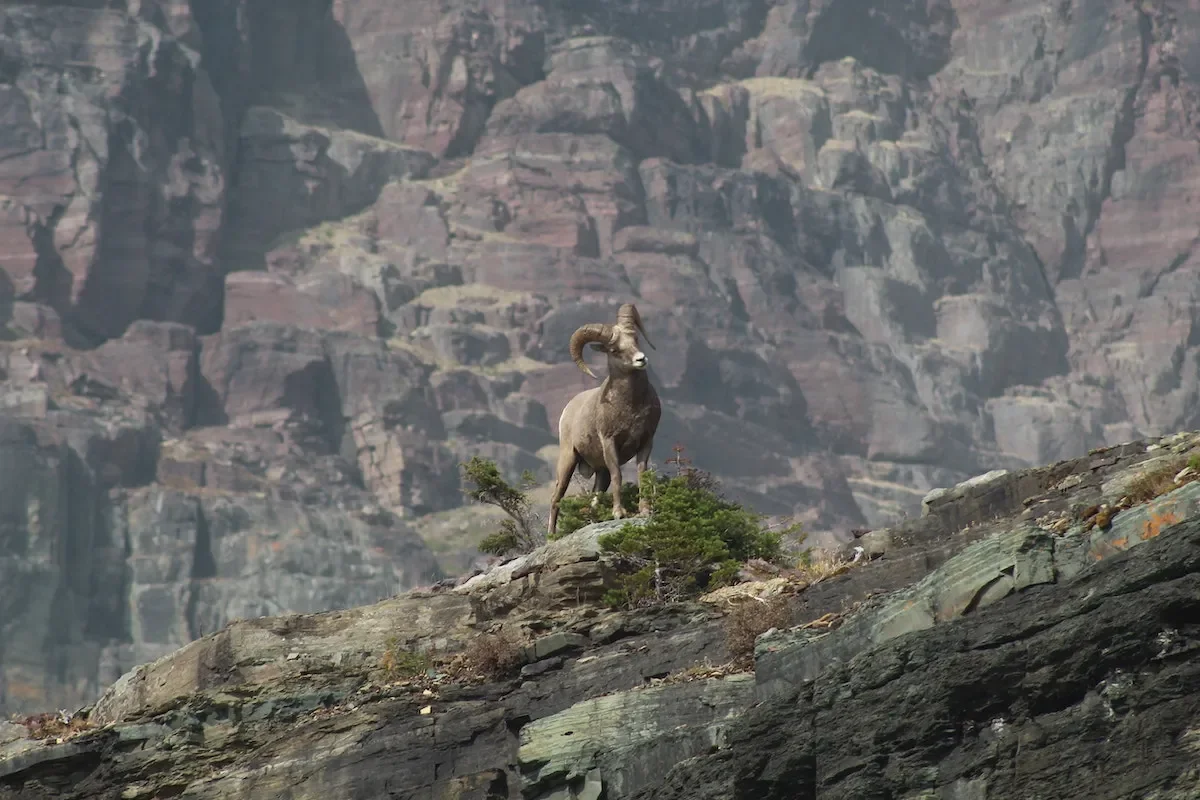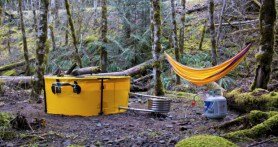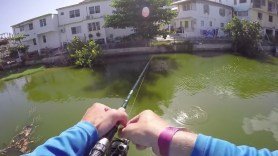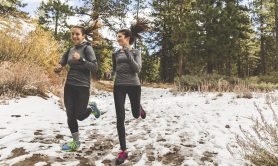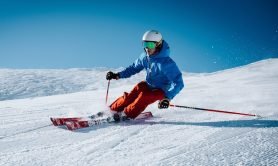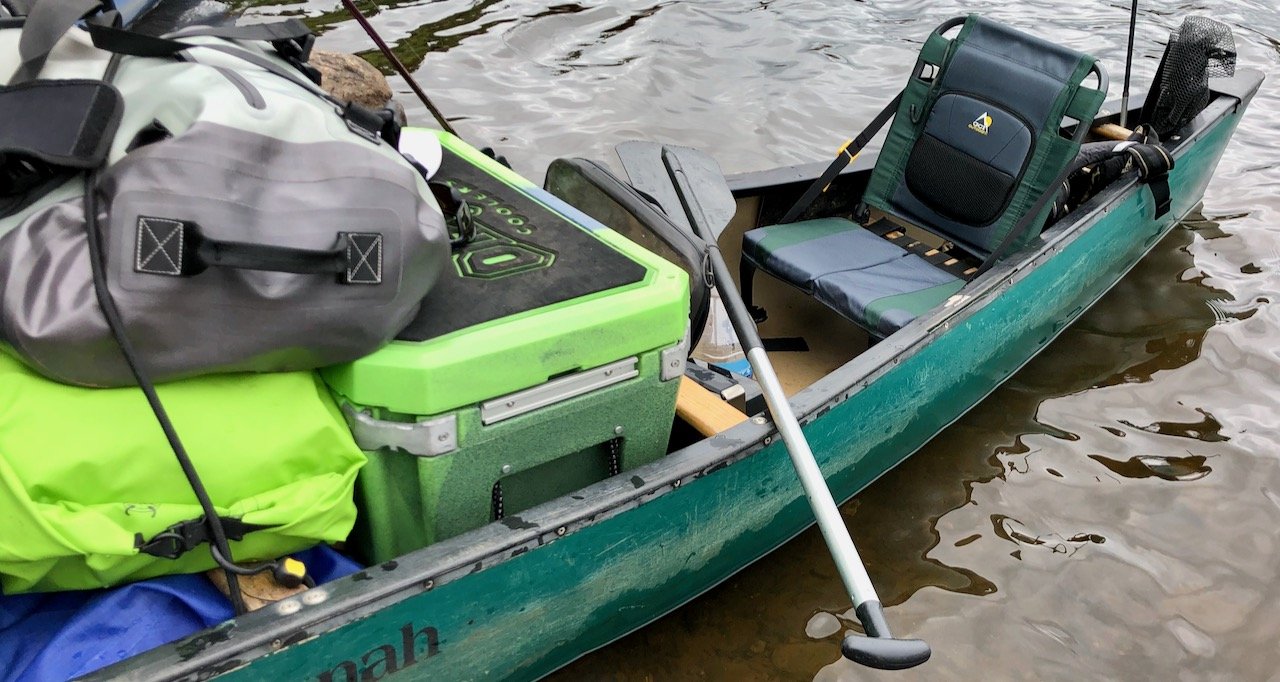

Every year a few friends and I go canoe camping on the St. Croix River. It’s a two-night trip, and we stay at a different campsite each night. I’ve often claimed that canoe camping is “almost” like car camping. You’d be surprised how much you can pack into a canoe if you take advantage of every available space. Over the years, I’ve learned how to make this trip as relaxed and comfortable as possible, and I’d like to share the gear that I won’t hop in the canoe without.
A Solid Canoe Chair
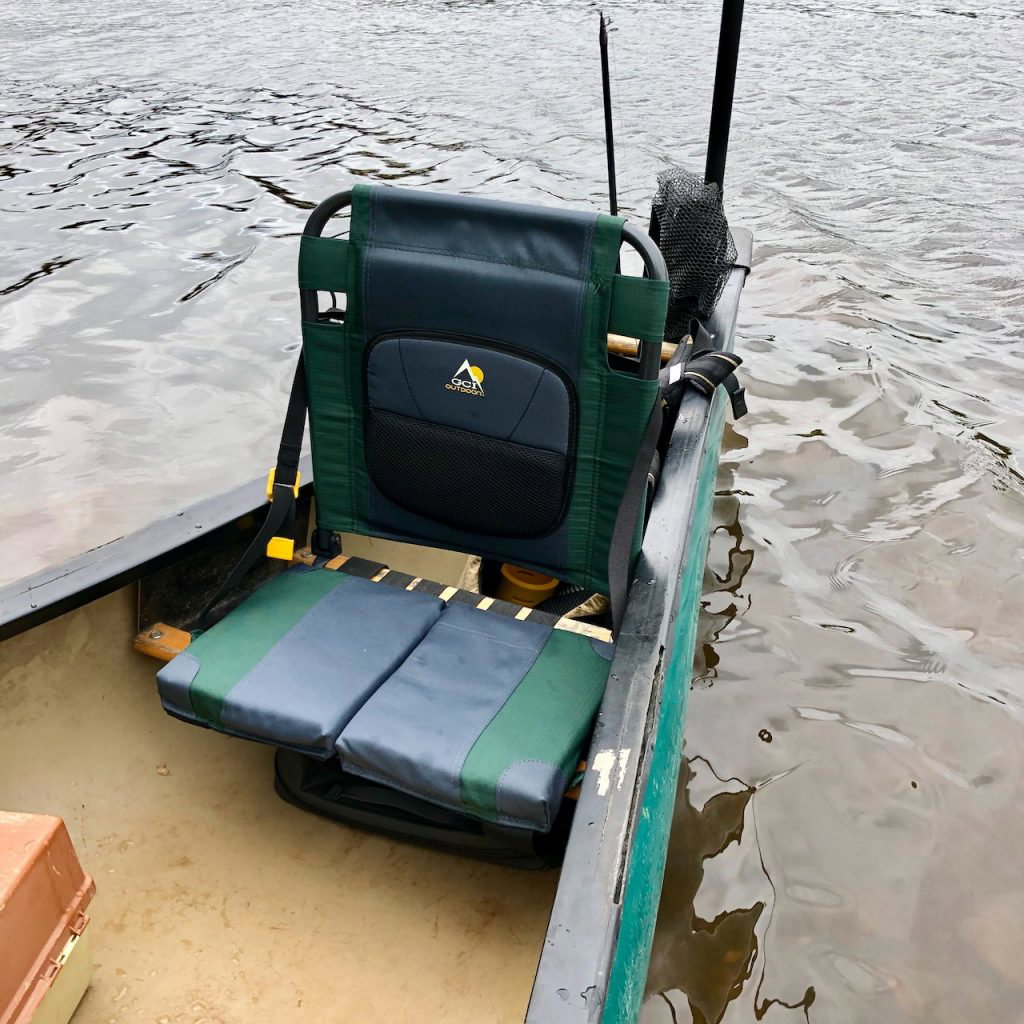
If you’re spending many hours on the water, back support makes a world of difference. I like to spend the entire afternoon floating and fishing, so I want to be comfortable. The best chair I’ve found is the GCI Outdoor SitBacker. It’s easy to adjust the back angle, and the split contour seat works well on both molded and flat canoe benches.
Sponge
No matter how good your paddling skills are, you’ll still get water in the canoe. Keeping your space clean and dry with an oversized sponge makes for a more pleasant afternoon. You’d also be surprised at how fast you can remove a few gallons of water after you pull the canoe on shore.
Plastic Totes
Plastic totes are a canoeist’s best friend. Water will most certainly collect on the canoe’s bottom, so it’s a great way to keep everything dry. Having your gear in a large tote also means fewer trips to the campsite when you’re unloading gear.
Dry Bags
Dry bags of various sizes are highly recommended. I put my sleeping bag in a larger dry bag, and I like to keep a small one under my seat with items that I use throughout the day.
Bungees and Gear Ties
I’m notorious for bringing too much gear on canoe trips, which means that things tend to pile up. I use bungees and Gear Ties to make sure that everything is secure. Bungee cords are also great for connecting two canoes side by side for a relaxing float down a mellow river.
Offline use of Google Maps
Many people still don’t know that they can use Google Maps with zero cellular reception in my experience. The trick is to download the map for offline use before you leave the house. Another tip is to create a custom map so you can add campsites and essential waypoints. When I’m on the river at the end of the day, I need to know how many campsites are in the next few miles.
Synthetic clothing
When cotton gets wet, it stays wet, especially in a humid climate. I only bring synthetic shirts and convertible pants on canoe trips. They dry quickly, making me more comfortable throughout the day. Convertible pants are nice to have, too, in case the temperature drops when the sun goes down. Changing clothes in a canoe is a tricky affair, but zipping on pant bottoms can be done quickly.
I hope you found this to be helpful. I’ve been on several canoe trips each year for the last decade or so, and this is the gear that keeps me happy all day long. There are of course other things I bring with, but these are the main items that have made the most difference in terms of comfort and peace of mind.

